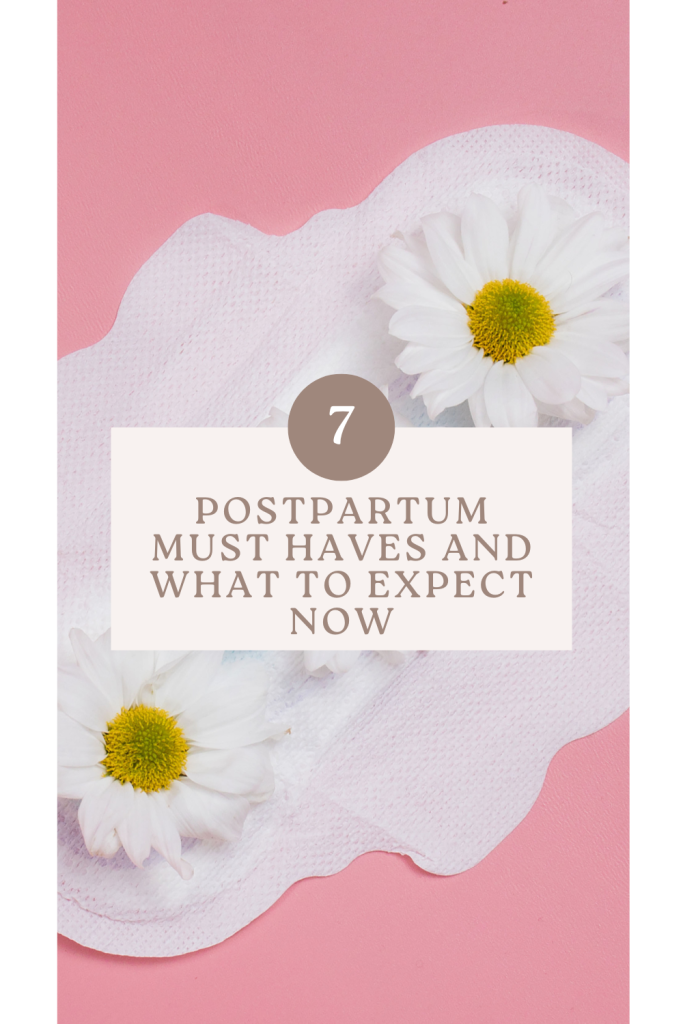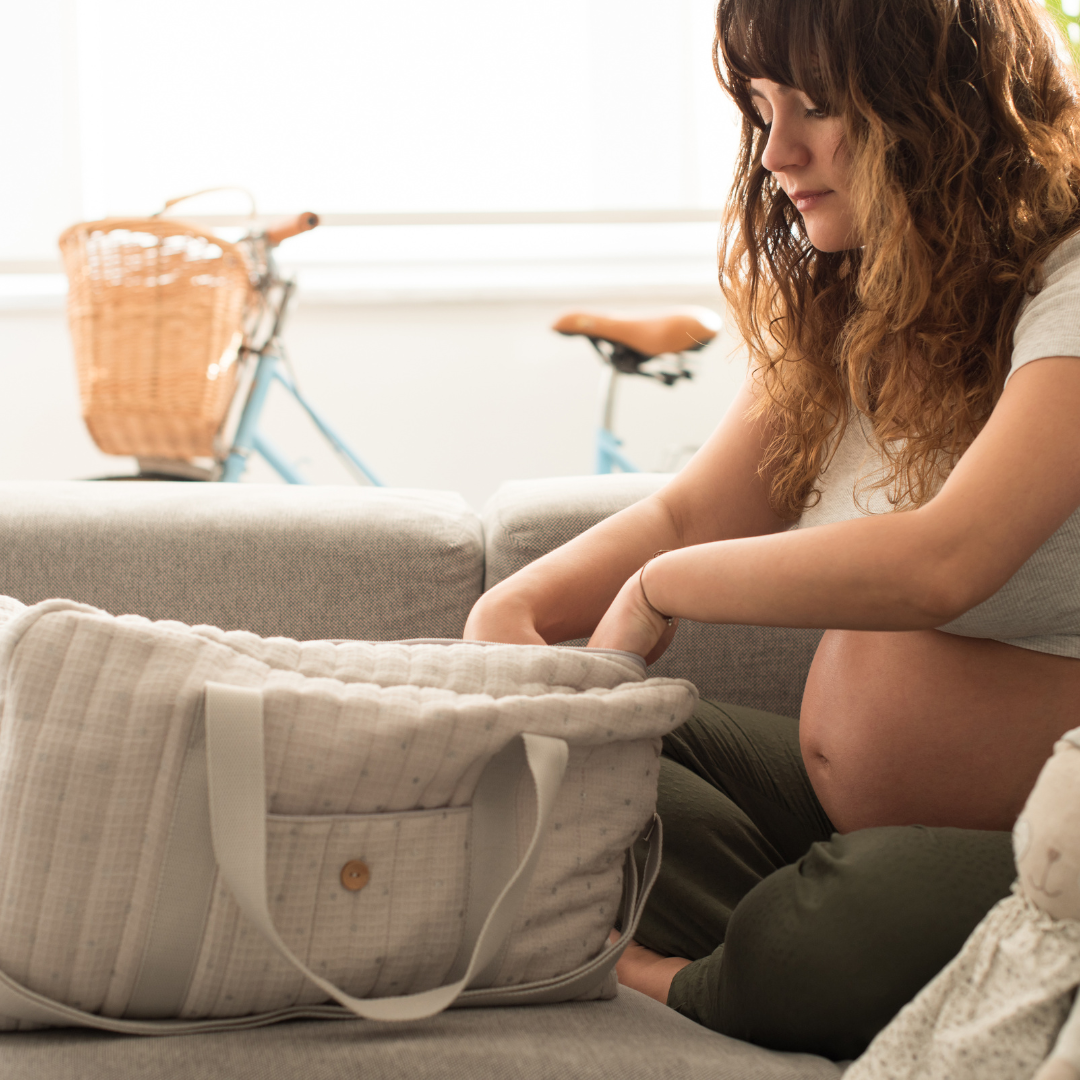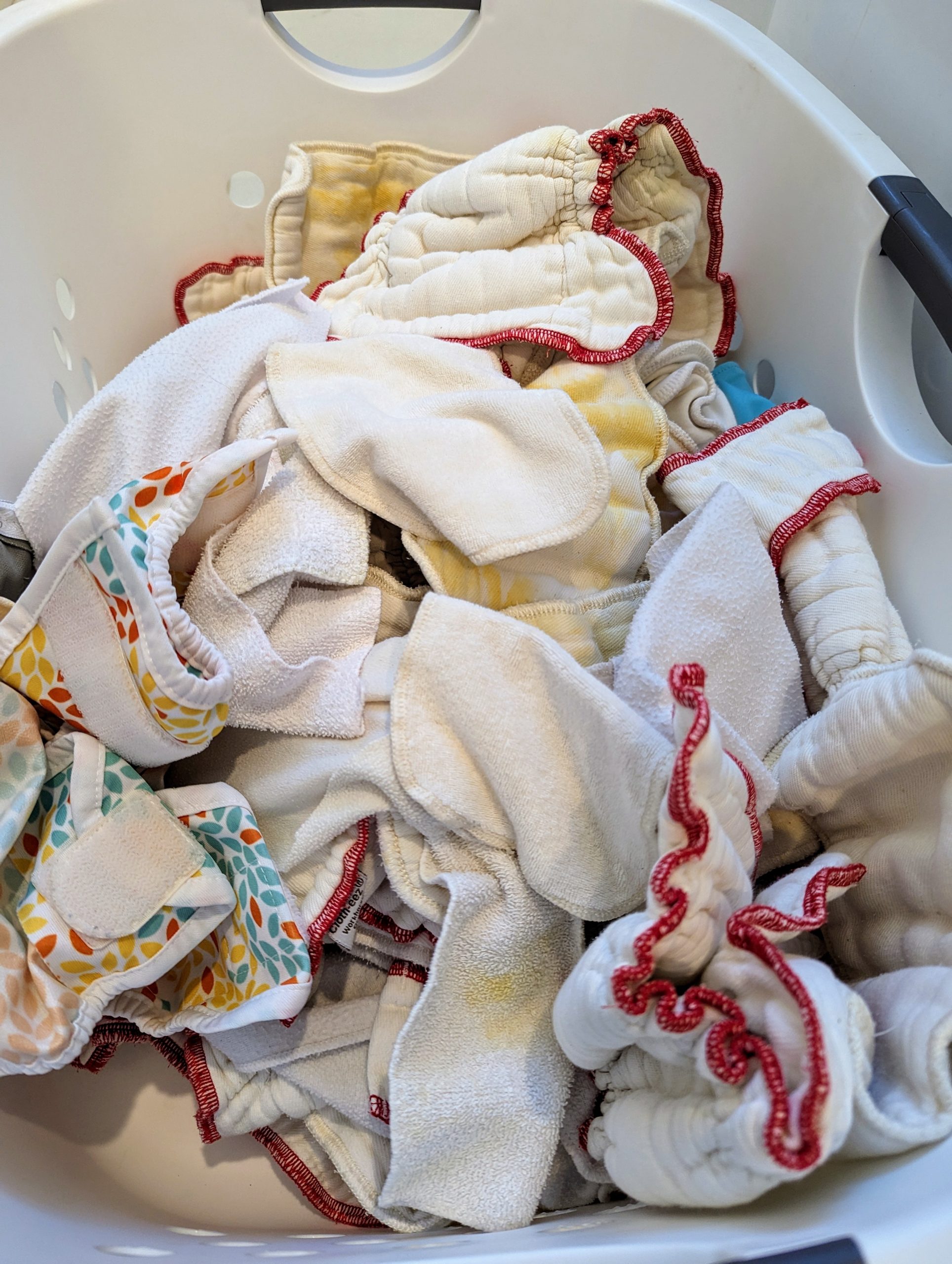Positive Home Birth Story | Birth of a Large Baby!
I am thrilled to share my positive home birth story, where I successfully delivered another baby at home—my third planned home birth and our fifth child. This time, our baby boy weighed just over 11 pounds, making him my smallest home birth yet!
This post contains personal and intimate details about labor and delivery and my safe home birth story. If you’re not comfortable with discussions about birth experiences, this might not be the right read for you. My goal is to make this story as educational as possible by using medically accurate terminology while offering insights into the incredible benefits of home births for families like ours.
I’ve also created a YouTube video sharing this positive birth story, which you can find linked below or watch directly here. In the video, I discuss topics like tongue ties, which I’ve chosen not to include in this blog post for brevity.
Preparing for a Positive Home Birth
The Importance of Prenatal Care
Prenatal care plays a vital role in ensuring a safe and positive home birth experience. Working closely with a healthcare professional helps monitor your health and identify any risk factors early. This is especially important for maintaining low-risk status, which is a requirement for home births in many areas, including California.
Choosing Midwifery-Led Care
Midwifery-led care is an excellent option for low-risk women, offering personalized support and continuity of care throughout your pregnancy and birth. This model of care fosters trust and understanding, which can have a profound impact on your birth experience. If you’re unsure how to begin, check out my blog post on choosing a midwife. It includes a free checklist and questions guide to help you find the right care provider.
The Role of a Birth Plan
A detailed birth plan is key to preparing for a home birth. It allows you to outline your preferences while addressing backup plans, such as a hospital transfer if needed. Having clear communication with your care team ensures everyone is prepared to support your ideal birth. You can download my free natural birth plan template to get started on creating a plan that works for you.
Taking a Birth Class
Birth classes are a great way to prepare for a positive home birth. They teach essential techniques, like breathing exercises and coping strategies for managing painful contractions. These skills can make a significant difference, especially during the second stage of labor.
Understanding Health Conditions and Risk Factors
It’s important to consider any health conditions, such as gestational diabetes, that may affect your home birth eligibility. In California, high-risk pregnancies, including those with gestational diabetes or twins, are not permitted for planned home births. Discussing your medical history with a trusted healthcare provider will help you determine the safest place to give birth.
Hospital Midwife vs. Home Birth Midwife
Understanding the Difference
When planning your birth, it’s important to understand the roles of a hospital midwife and a home birth midwife. While both provide valuable care, their responsibilities and approaches vary depending on the setting.
What is a Hospital Midwife?
A hospital midwife works in a clinical setting, often as part of a larger obstetrics team. They provide care to pregnant people during labor and delivery within a hospital. Hospital midwives are skilled in managing interventions, working alongside obstetricians when medical complications arise, and supporting women in settings like labor and delivery units or birth centers within hospitals. While they can offer natural birth support, their environment is typically focused on active management and access to medical interventions if necessary.
What is a Home Birth Midwife?
A home birth midwife specializes in attending births in a home setting, focusing on natural and low-intervention care for low-risk pregnancies. They provide continuity of care, meaning they often work with you throughout your prenatal, birth, and postpartum journey. These midwives bring portable equipment for monitoring the baby’s heart rate and managing emergencies. They also emphasize comfort measures like breathing techniques, the use of a birthing pool, and painful contraction coping strategies.
Key Differences
The biggest difference lies in the location and approach to care. A hospital midwife works within a hospital setting, where medical tools and pharmacological pain relief are readily available. A home birth midwife supports natural births in your home, often avoiding medical interventions unless absolutely necessary.
If you’re deciding which type of midwife aligns with your needs, consider reviewing my free checklist and questions guide for choosing a midwife. It can help you find a provider who supports your birth preferences, whether you’re planning a water birth at home or prefer the security of a hospital room.

Leading Up to Our Positive Home Birth
Preparing for the Arrival of Our Large Baby
My original due date was October 9th, based on our conception date. However, like many women, my cycle doesn’t fit the standard 28-day model. This often makes estimated due dates (EDD) less reliable, which is something I had to remind myself often.
For about two weeks leading up to the birth, I experienced prodromal labor. Prodromal labor involves real contractions—not Braxton Hicks—that can feel very intense and wrap around into your back or even your cervix. It’s different from the “false” contractions some women experience and can be physically and emotionally taxing.
At first, I was optimistic that labor was imminent. But as the days passed, I started to feel discouraged. Losing my mucus plug two days before Samuel’s birth gave me hope, but it wasn’t the first time that had happened without immediate labor. As always, I reminded myself that the cervix is not a crystal ball; dilation and effacement alone don’t predict when labor will start.
The Night Before Birth
The night before Samuel arrived, contractions began around 7 p.m. My husband was busy putting the kids to bed while I quietly worked through them. At this point, I wasn’t convinced labor had truly started, despite being over 41 weeks. I tried walking, cleaning the kitchen, and even relaxing in a warm shower to manage the pain. The contractions, though strong, weren’t coming in a consistent pattern, ranging from 5 to 15 minutes apart.
By 9 p.m., they faded entirely. Though disheartened, I knew rest was important. My husband and I decided to head to bed. Almost as soon as I lay down, however, the contractions picked up again.
Labor Progresses
By 10 p.m., the contractions became stronger and brought something new: a bloody show. This was a first for me in labor and a clear sign that my body was getting ready. Every contraction made me rush to the bathroom, a unique experience compared to previous labors when the baby’s position made it difficult to urinate.
The contractions remained spaced apart but intense. I spent much of the night alternating between resting and managing the pain. Using a birthing ball and warm water from the shower helped ease the discomfort. By 3 a.m., I knew it was time to call the midwife.

Calling the Midwife
Around 3 am (0300) I had my husband call the midwife to come. She is about 30 minutes away and since this labor was very intense and had been steady for several hours now, I felt better with the idea of her being with us. Our midwife arrived around 3:30 am (0330) and immediately unpacked her things in preparation for birth. In my mind, I was not near pushing, but later on, she told me that I was making the normal low deep sounds women tend to make right before.
One of the trips to the bathroom was when my water broke around 4 am (0400). There was moderate meconium (mec), but considering I was 41+ weeks that was expected. I have delivered babies prior with meconium-stained fluids and there weren’t any issues. I also assisted in numerous deliveries in the Navy without any complications. For a first-time mom seeing meconium, I can understand it being a little frightening, but I assure you, there is no cause for alarm just by its presence.
Birth of Our Large Baby Boy
Right after my water broke the contractions became even stronger (which I didn’t think was possible) and I had to grab onto the sink/countertop. My midwife started preparing for me to give birth standing there on the tile floor, but I just couldn’t comprehend giving birth in that tiny space with very little maneuverability. I was able to make it back to my bedside, but I still could not lay or sit down with a contraction. So, laboring with a leg up on the side of the bed I gave birth to our 5th child, Samuel.

Last Stage of Birth
Something to note when birthing in a non-traditional position is that you are still attached to your baby after they’re born. The umbilical cord is rarely cut right away at home (delayed cord clamping). With that said, maneuvering around to make it easy to hold your baby can be tricky. Just be prepared to have to pivot some, but don’t worry, it’s worth it.
Once I was done pivoting to get into bed and hold my son, I was able to start relaxing. However, this is when the placenta must be birthed as well. It is truly an awkward feeling process. You will have to push it out like the baby. Maybe it’s just me, but the placenta is very painful. I’m already feeling trauma from the baby being born and then something else needs to pass through. I pray I never have twins with this feeling.
My midwife continued with her inspections of myself, baby Samuel, and then the placenta. All of us were without complications and the placenta was very healthy and intact. It had not started to deteriorate at all as some people worry about later delivery dates and “geriatric” mothers (women over 35).
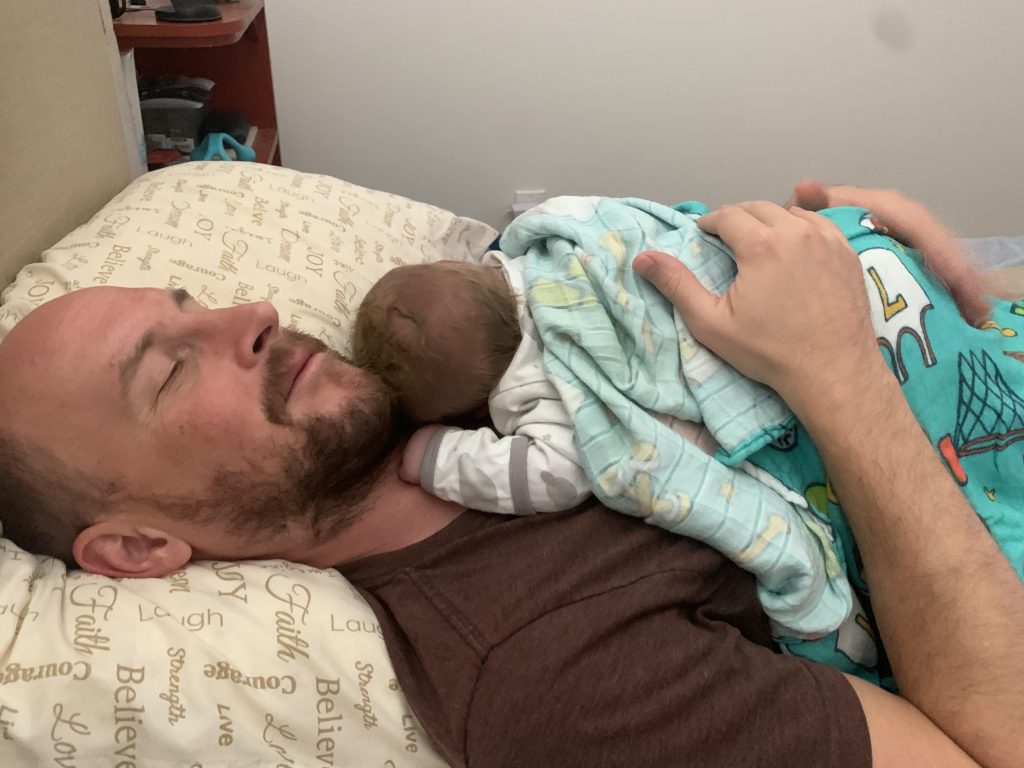
Our Son Samuel
Our son honestly looked smaller to my husband and me. When the midwife measured him (22″ long) and then weighed him (11.8 lbs) we were correct that he was smaller than our last two home births, but still in the 11-pound range. Previously, our 3rd baby was born in the pool at home and was 11.14oz, and then the baby after was 11.12 lbs at home. So, while my trend is going down, they remain in the very large baby category.
Thankfully my midwives have all remarked on how great my pelvis is and my ability to handle these large babies. My previous midwife with my largest baby stated he came out like a cinderblock. This baby came out without his head molded in any way and a whopping 15″ circumference. Believe me, I felt that head in every way possible.

Clean-Up Time: The Joy of Birthing at Home
After the birth, my midwife took care of the cleanup, including cleaning all the items used during labor and changing our sheets while I took a refreshing shower. Once she left, we were able to settle in together as a family in our bed. It wasn’t long before our other children woke up, and fortunately, my parents arrived just in time to help with them for the day.
This moment, after the hustle and bustle of labor, is one of my favorites about birthing at home. The seamless integration of the baby into our family is such a beautiful experience. Our children got to meet their new siblings immediately, and it was heartwarming to witness their bond begin. There’s truly nothing like sleeping in your bed after the birth of a baby.
If you’re considering home birth and are not facing a high-risk pregnancy, I cannot recommend it enough. For more on my thoughts about home birth, check out my other blog post and YouTube video on this subject.
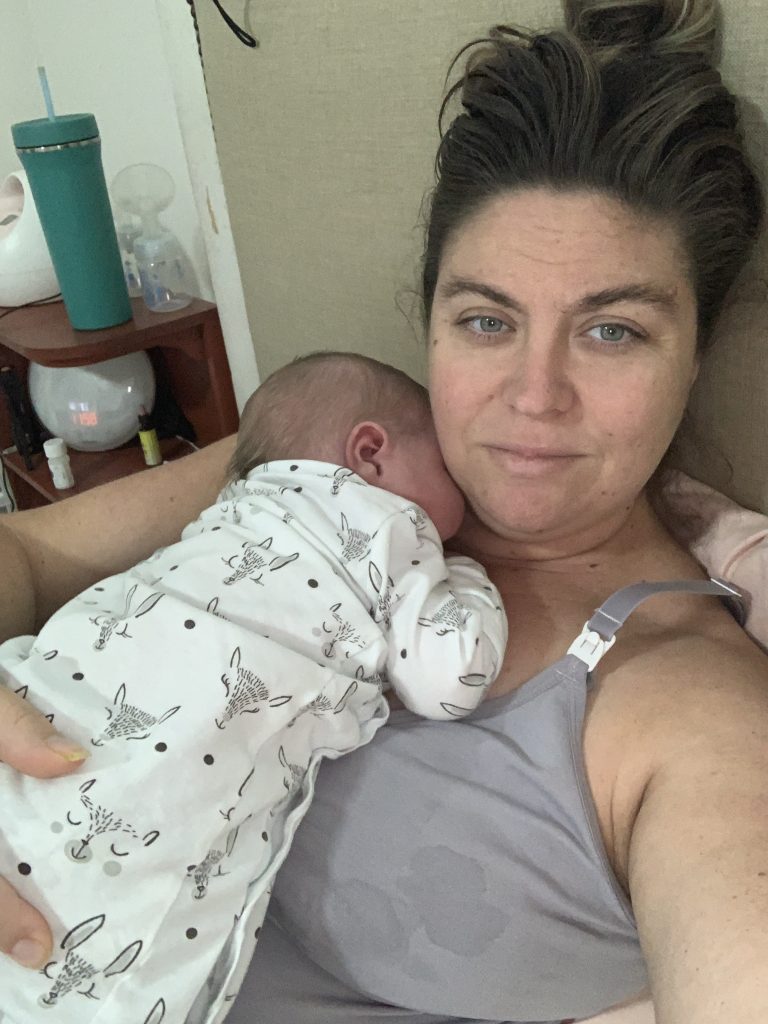
Comparing Birth Experiences
Reflecting on my previous births, it’s clear how each experience shaped my views on labor and delivery. From hospital births to home births with the natural progression of labor with subsequent children, I’ve seen firsthand how every birth brings its own unique lessons and challenges.
My first birth was in a hospital setting, which had its benefits but also came with challenges. Having access to medical interventions provided peace of mind, especially as a first-time mom. However, the environment often felt clinical and less personal than I had hoped. By the time I was expecting my second baby, I had a better understanding of what I wanted from my birthing experience and felt more prepared to advocate for myself and my baby. I had decided to do another hospital birth but had learned of hiring a doula. Having a doula was a game changer and I cannot advocate enough for having one by your side whenever possible. We ended up using the same doula for 3 of our births and she made all the difference.
The biggest difference I noticed with my later births was the growing confidence I felt in my ability to trust my body and the natural birthing process. As a mom of five, each birth taught me the value of individualized care and the importance of creating a supportive environment, whether in a hospital or at home.
The Difference with My Fifth Birth
The birth of my fifth child was a culmination of everything I had learned and experienced over the years. By this time, I felt empowered to pursue the birth experience that felt right for me and my family. Choosing another home birth allowed me to labor at my own pace, in the comfort of my surroundings, and with the support of a skilled midwife. I was able to relax knowing my other children were safely home with us and my husband was available to them if needed.
One of the most significant differences between a hospital vs home birth was the calm, personalized atmosphere. Without the pressure of hospital timelines, I could focus on what my body needed. Even with the challenge of delivering a larger baby, I felt prepared and supported every step of the way.
Each birth is unique, and every mother’s journey is different. For me, the evolution from hospital births to home birth was transformative, reaffirming my belief in the power of informed choices and compassionate care.
Addressing Concerns and Misconceptions
When considering home birth, many people have concerns or misconceptions about the safety and potential risks involved. One of the most important aspects of preparing for a home birth is ensuring that you have an active management plan in place, with backup measures to support the safety of both mother and baby. This is why choosing an experienced and skilled home birth midwife is essential. They are trained to recognize when additional medical intervention is needed and can facilitate a seamless transition to a hospital setting if necessary.
The Role of Active Management and Backup Measures
Active management in a home birth includes careful monitoring during labor and having a clear backup plan in place. Home birth midwives are well-trained in managing normal births, but they are also prepared for any complications that may arise. For example, if labor stalls, they may suggest different positions or interventions like hydration and monitoring to support the process. Should the need arise for a hospital transfer, midwives are well-versed in handling this smoothly, ensuring that the family has all the necessary resources and support.
Home Birth vs. Hospital Setting: Perspectives from the American College of Obstetricians and Gynecologists (ACOG)
The American College of Obstetricians and Gynecologists (ACOG) and the American Academy of Pediatrics (AAP) offer valuable perspectives on the topic of home birth. While they recommend hospital births for women with high-risk pregnancies, they acknowledge that home birth can be a safe and appropriate choice for low-risk women. It’s important to note that when considering home birth, it’s crucial to have an open and honest discussion with your healthcare provider, who should be supportive of your birth plan and well-versed in the natural process of labor.
Clarifying Risks and How Care Providers Manage Them
While home births can be a safe and empowering choice, certain risks must be understood and managed appropriately. Conditions like placenta previa (when the placenta covers the cervix), for instance, can complicate a vaginal birth, and women with this condition are generally advised to give birth in a hospital setting due to the need for immediate medical intervention if bleeding occurs. Neonatal intensive care units (NICUs) are also a concern for some, especially for babies who might need immediate specialized care. However, most home birth midwives are trained to assess the baby’s health right after birth and can detect early signs of distress, ensuring that transfer to a hospital occurs promptly if needed.
Another concern often raised is the Apgar score, which assesses the health of a newborn immediately after birth. While low Apgar scores can indicate the need for additional medical care, it’s important to understand that this is not always an indicator of a long-term issue. Skilled midwives are trained to assess the baby’s needs immediately and can provide resuscitation if necessary. If further care is required, they are prepared to facilitate an immediate hospital transfer, ensuring that your baby gets the care it needs without delay.
Ensuring the Safest Birth Experience
Choosing the safest birth setting involves careful planning and trust in your birth team. Whether you’re planning a home birth or hospital birth, understanding the risks and ensuring you have the right care providers in place is key to ensuring the best possible outcome for both you and your baby.
Embracing a Safe and Empowering Birth Experience
Choosing the right birth setting is an important decision, and with careful planning, a home birth can be a safe and empowering experience. By preparing with an active management plan and having skilled care providers, you can address concerns and ensure the best possible outcome for both you and your baby. Whether you’re considering a home birth or planning to give birth in a hospital, understanding the risks, preparing for any complications, and having the right support system in place are essential for a positive birth experience.
If you’re considering a home birth and have any questions or concerns, remember that open communication with your healthcare provider is key. Trust your body and your birth team, and know that there are options to make your birth experience as safe and empowering as possible.
Let Me Know!
I’d love to hear about your positive birth stories or any questions you might have about home birth! If you’ve had a home birth or are preparing for one, share your thoughts below. Let’s connect and support each other through this beautiful and transformative experience.
Similar blog posts
HOME BIRTH | TOP 5 REASONS TO CHOOSE A NATURAL BIRTH
MUST HAVES FOR OUR 5TH BABY | HOME BIRTH | EXCITING UPDATES
Recommendations
- My online store Pioneer Health Ministry | Natural Living Health | Online Store – Pioneer Health
- My midwife Home Birth Midwifery -Home Birth Midwife (mercyoceansmidwifery.com)
- My Chiropractor Chiropractor Rocklin CA | Connected Chiropractic (myfavoritechiro.com)
- My IBCLC (Lactation Consultant) Faithful Lactation Support
Educational Rescourses

Green Tea Vs Herbal Tea: The Best Complete Tea Guide
Sharing is caring! Facebook Pinterest X Green Tea Vs Herbal Tea: The Best Complete Tea Guide Understanding the Differences Green tea vs herbal tea is a popular debate among tea lovers worldwide. Both offer unique flavors, health benefits, and caffeine content. Tea has a rich history and is enjoyed in many cultures. From Chinese green…
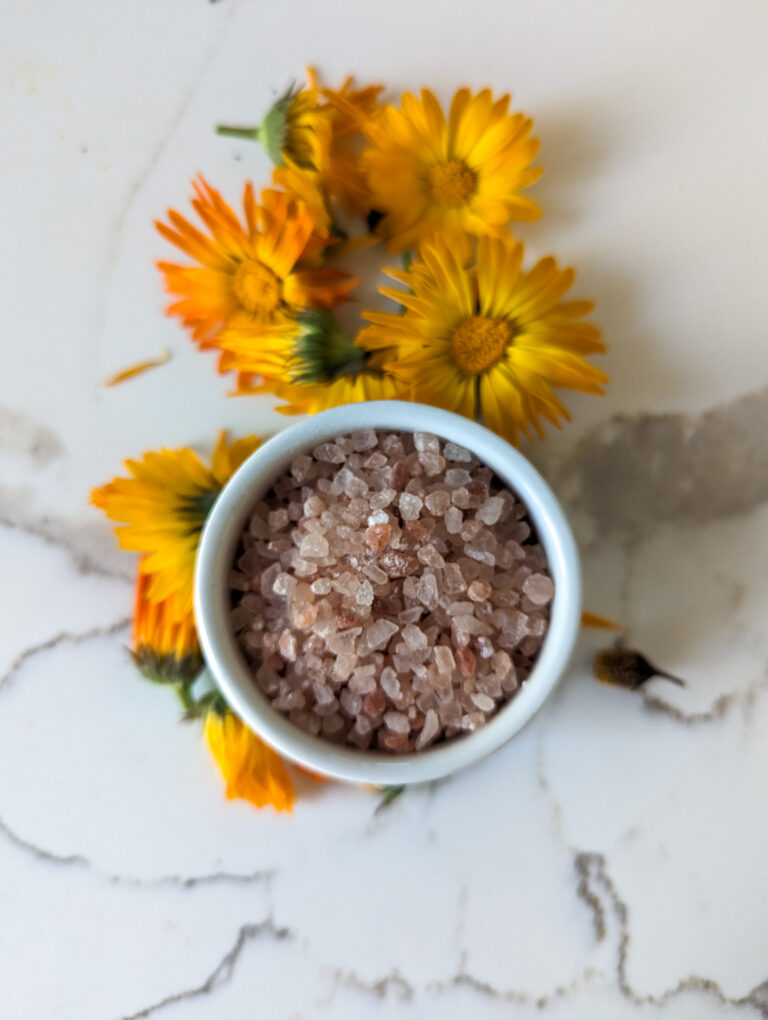
How to Make Bath Salts Without Epsom Salt: Free Recipe
How to Make Bath Salts Without Epsom Salt: Free Recipe How to Make Bath Salts Without Epsom Salt Homemade bath salts without Epsom salt are a great way to enjoy a luxurious soak. You can use natural ingredients like coarse sea salt, baking soda, and pink Himalayan salt for a soothing experience. A relaxing bath…

Homesteading in California: How to Start at Any Stage
Homesteading in California: How to Start at Any Stage How Homesteading in California is Possible Homesteading in California is a journey that looks different for everyone, depending on where you live in this vast and diverse state. From the deserts dotted with Joshua trees in the south, to the rugged mountain ranges in the north,…

How to Make Peppers Grow Faster: Guide and Easy Tips
How to Make Peppers Grow Faster: Guide and Easy Tips How to make peppers grow faster is a common question among home gardeners seeking to maximize their growing season. Whether you’re nurturing sweet peppers, green peppers, or hot pepper plants, creating ideal conditions is essential for pepper success. The best way to achieve healthy pepper plants…
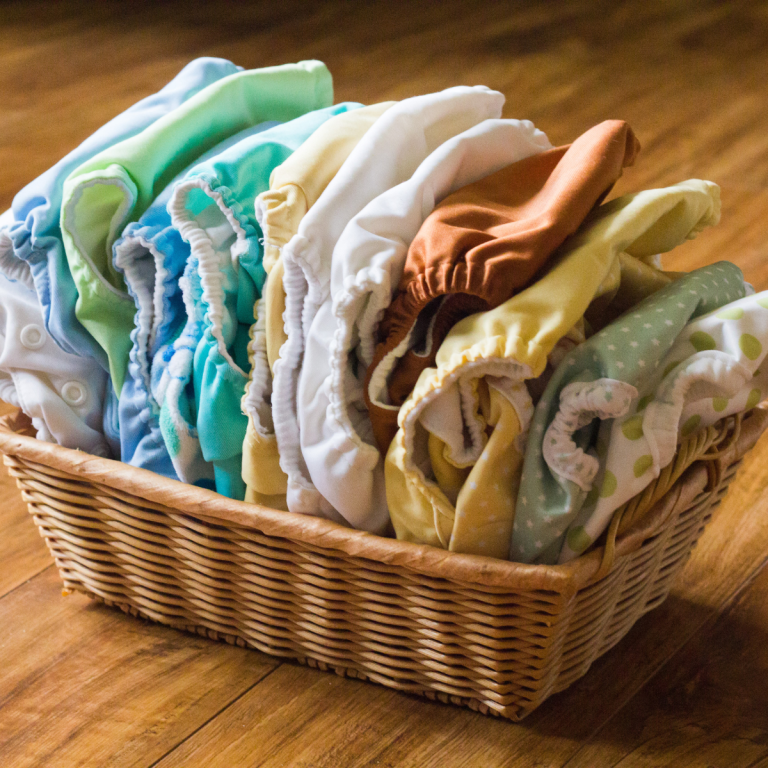
The Different Types of Cloth Diapers: Ultimate Guide
The Different Types of Cloth Diapers: Ultimate Guide The different types of cloth diapers offer a sustainable and eco-friendly alternative to disposable diapers for your baby. As a mom of five and a Registered Nurse, I’ve seen the many benefits of reusable cloth diapers firsthand. This guide will help you understand the major types of…
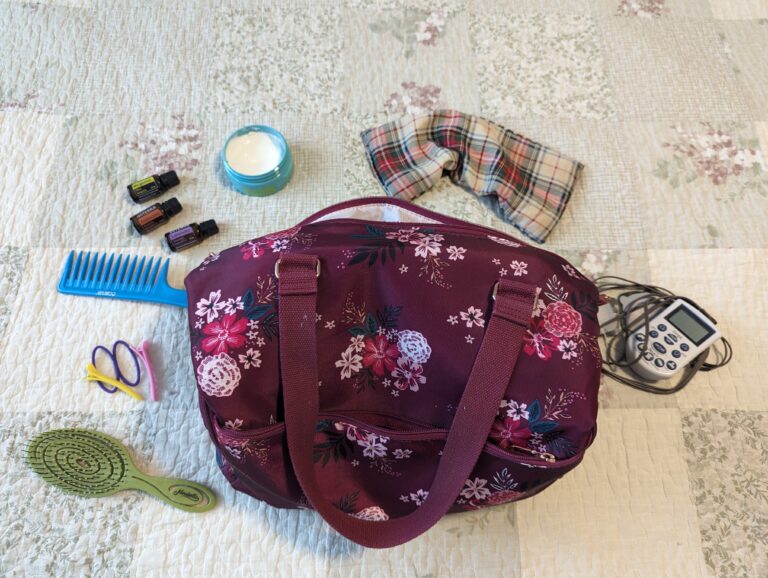
The Best Doula Bag Essentials Kit for Birth and Postpartum
The Best Doula Bag Essentials Kit for Birth and Postpartum The Best Doula Bag Essentials Kit for Birth and Postpartum A well-stocked doula bag is essential for supporting women during birth and postpartum. As a Registered Nurse, mother of five, and former Navy Hospital Corpsman, I’ve experienced the birthing world from many angles. I’ve worked…




